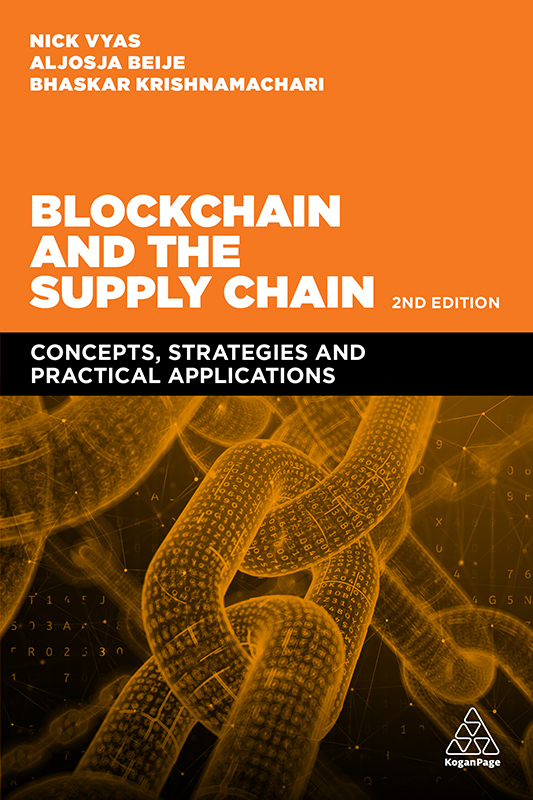
Contents
Landmarks
List of Figures
List of Tables
Page List
Blockchain and the Supply Chain
Contents
LIST OF FIGURES
LIST OF TABLES
The global supply chain is a worldwide technology phenomenon which can only be truly understood through examining its evolution over time. If we look at a historical timeline, technology does not simply begin when a tool or component is physically created. Instead, technology begins as a result of, and extension of, the catalyst of natural human instinct. Human instinct and technological evolution are interdependent, as each shapes the other in an endless feedback loop. If we look closely at the global supply chain, we can observe three unique dimensions of evolution: trade, technology and micromacro patterns. Although trending technologies such as artificial intelligence (AI) and the Internet of Things (IoT) tend to dominate present-day discussions, these three unique dimensions are foundational and therefore play a unique role in the future of the global supply chain.
This book will examine the relationship between the global supply chain and emerging blockchain technology. Blockchain is an open, distributed ledger that can record peer-to-peer transactions efficiently and in a verifiable way. This kind of technology has the ability to radically disrupt each and every industry. It will certainly transform the supply chain, and the possibilities for supply chain integration are growing exponentially. This book will provide a historical context for these technological changes and trends and examine various use-cases. There are also some reflections on the ethics of technological evolution, potential abuses, as well as the limitations of energy usage and natural resources.
Ever since the dawn of civilization, people have been perpetually curious about everything around them. Within the natural course of evolution, a strong instinct to explore was instilled in early humans. Simply gathering information, which satisfies the most natural human instinct, has come to be one of the most rewarding endeavours. Today, information is one of the most significant assets any individual, firm or nation can possess.
The core ideas of supply chain
The supply chain in its earliest form can be spoken of regarding our species migrating out of the African continent. The sole purpose of a person searching for food, shelter and striving for the continuity of the race can be seen from the perspective of their ability to access the essential supplies needed to survive and thrive.
We can see a trend here of the earliest forms of travel and deduce the most fundamental reasons for such explorations. Climatic changes, the uncertainty of what lies beyond, and the sheer intellectual curiosity, along with information exchanges and the importance of mutual trust and collaboration, are all attributes integral to the core supply chain ideas that we see today. All this exploration and settlement can be linked to the basic concepts of supply and demand. Even though these attributes couldnt be quantified at the time, discernment through senses and instinct was enough for meeting requirements and ensuring the existence of the race.
As importantly, climatic shifts played a significant role. The last Ice Age began about 110,000 years ago and lasted until about 11,700 years ago. It is believed that around that time the human population was reduced to a few million that survived only due to migration to habitable areas.
It is very likely that in such circumstances, genetic drift and founder effects may have been maximized. When flying through continents today within a time span of hours, we tend to undermine the complexities that went into human migration at the time. Having more complicated needs than the animals around them, exploring unknown territories was a daunting feat, to say the least. The migrating humans didnt know what existed beyond the forests or the mountains. Moving along with groups of equally informed (or uninformed) people, they tested their mental boundaries by exploring real and imagined horizons through the process of migration.
In applying operations excellence in todays day and age and optimizing costs, errors and factors which are critical to the customer (CTX), we tend to overlook the structure of thought humans developed a long time ago to overcome challenges through innovations. For example, the advent of tailoring and clothing oneself from the fur of animals and constructing shelters for storing meat and grains overcoming difficulties through sheer improvisation and innovation is not new to humanity.
In todays supply chain, storage and obsolescence costs are meticulously monitored. Many take for granted the evolution of those concepts. It was because the brain developed and adapted to conditions to help the body survive by performing its most vital function figuring it out. We see adaptations regarding visible physical traits, but sometimes we fail to look at how we as a race are intellectually developing to achieve a state of utmost security.
The earliest supply chain network
It was around 8000 BC when the Neolithic Revolution introduced agriculture as a way of life. Agriculture brought about a structured form of settlements, labour, trade and development of political, hierarchical ideologies. The supply chain in its most archaic form existed during this time.
It was in 5500 BC that the earliest known civilization came to exist in Sumer, Mesopotamia. An extensive network of canals, irrigation and centralized labour came into being, forming one of the earliest forms of a supply chain network.
Due to a lack of historical records for most of human evolution, most accounts of the early milestones of history do not consider what the humans felt at that time. The entire need for recording history and keeping some written record came about much later around the 6th millennium BC when humans in certain parts of the world developed a sense of information, which would be of utmost importance for the survival of the human race.
Information sharing one of the essential parts of supply chains today came to exist in its earliest form during 34003200 BC in Mesopotamia, Egypt, China and Mesoamerica, at different periods but conveying the same concept. The idea of passing along information through written text was the beginning of the exchange of information and knowledge sharing.
Egypt: the cradle of supply-chain innovation
One of the most iconic moments in recorded history was the construction of the pyramids of Giza, built over 20 years around 2560 BC. One wonders about the advanced concepts of transport, carriage and development. Imagine how the Egyptians might have carried massive blocks of stone from one point to another, cut them to an exact appropriate shape and levelled the multiple layers of stone one on top of another to create the marvel that we see today. What is even more surprising are the materials used, as they have lasted this long in the dry climatic conditions of a desert for thousands of years.
The Egyptian civilization has birthed many concepts including the creation of the solar calendar that we take for granted today. The knowledge and exchange of information at that time were probably far more refined than people think they were.
Then there was knowledge
Education, being one of the keynotes for streamlining peoples thoughts and recording ideas in a manner so that one can continue research further without trying to re-invent the wheel a hundred times over, was given a structured form in 385 BC. The Greek philosopher Plato, a disciple of Socrates, founded a philosophical school, the Academy, at Akademia in Athens, Greece.
Next page
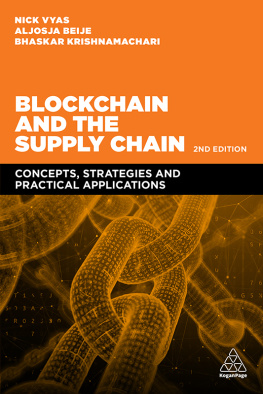
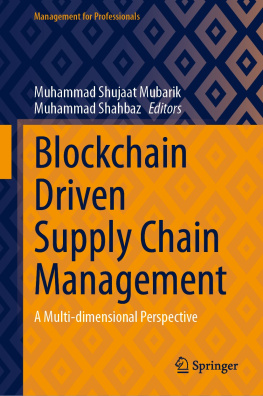
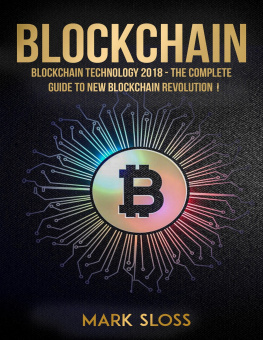
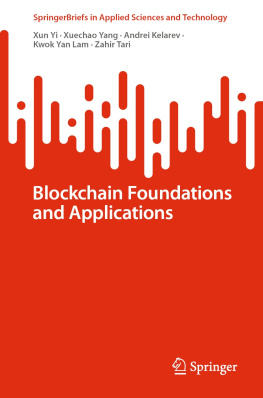


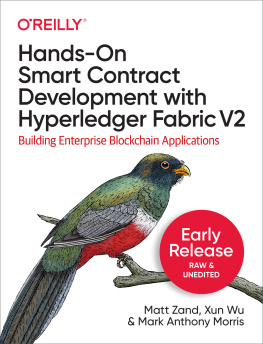
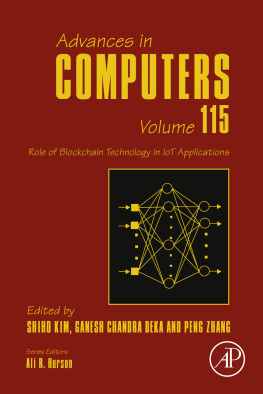
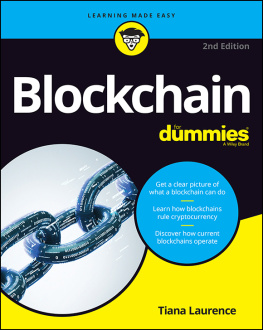
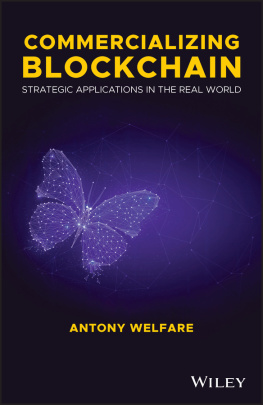
![Bellaj Badr [Bellaj Badr] - Blockchain By Example](/uploads/posts/book/119701/thumbs/bellaj-badr-bellaj-badr-blockchain-by-example.jpg)
